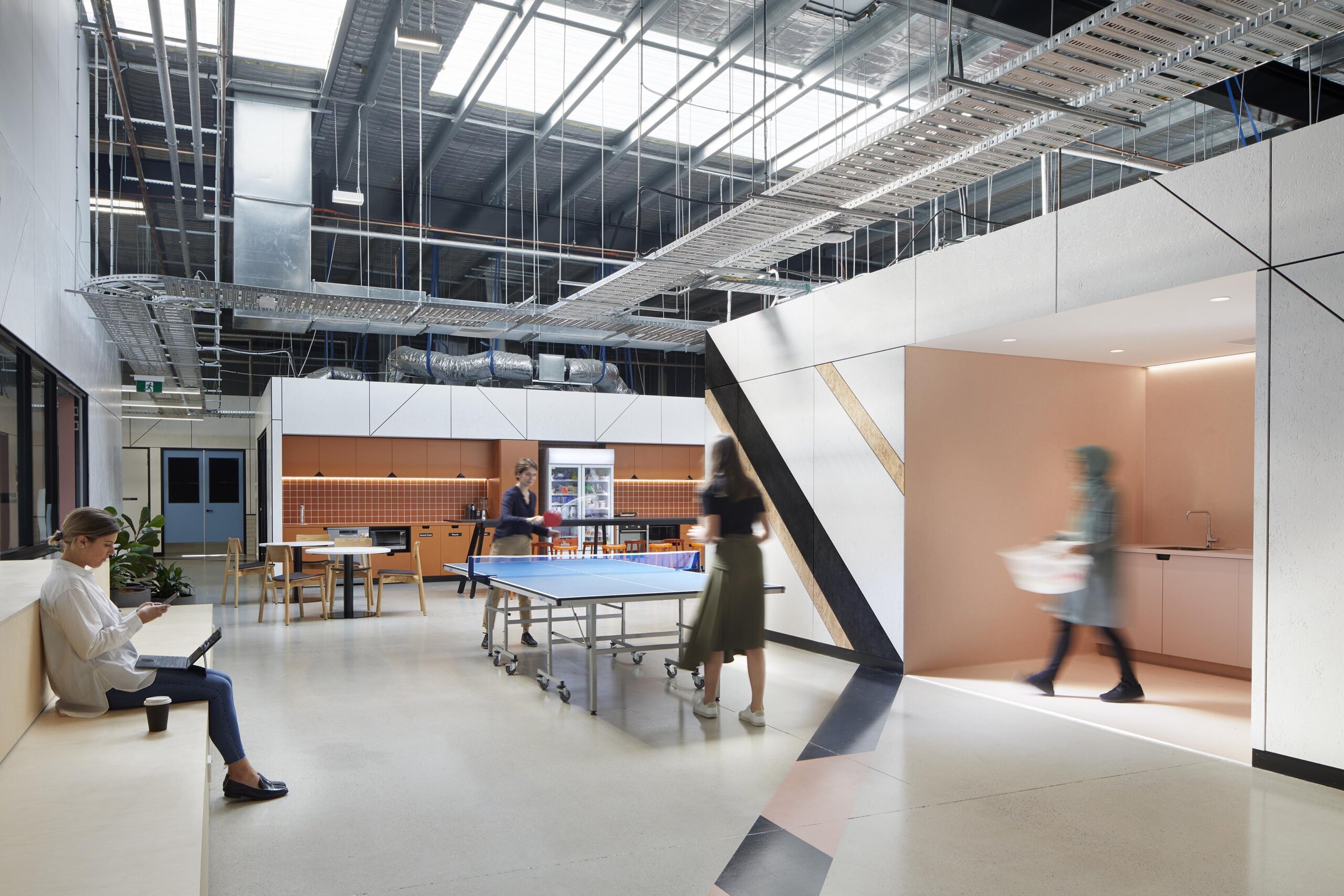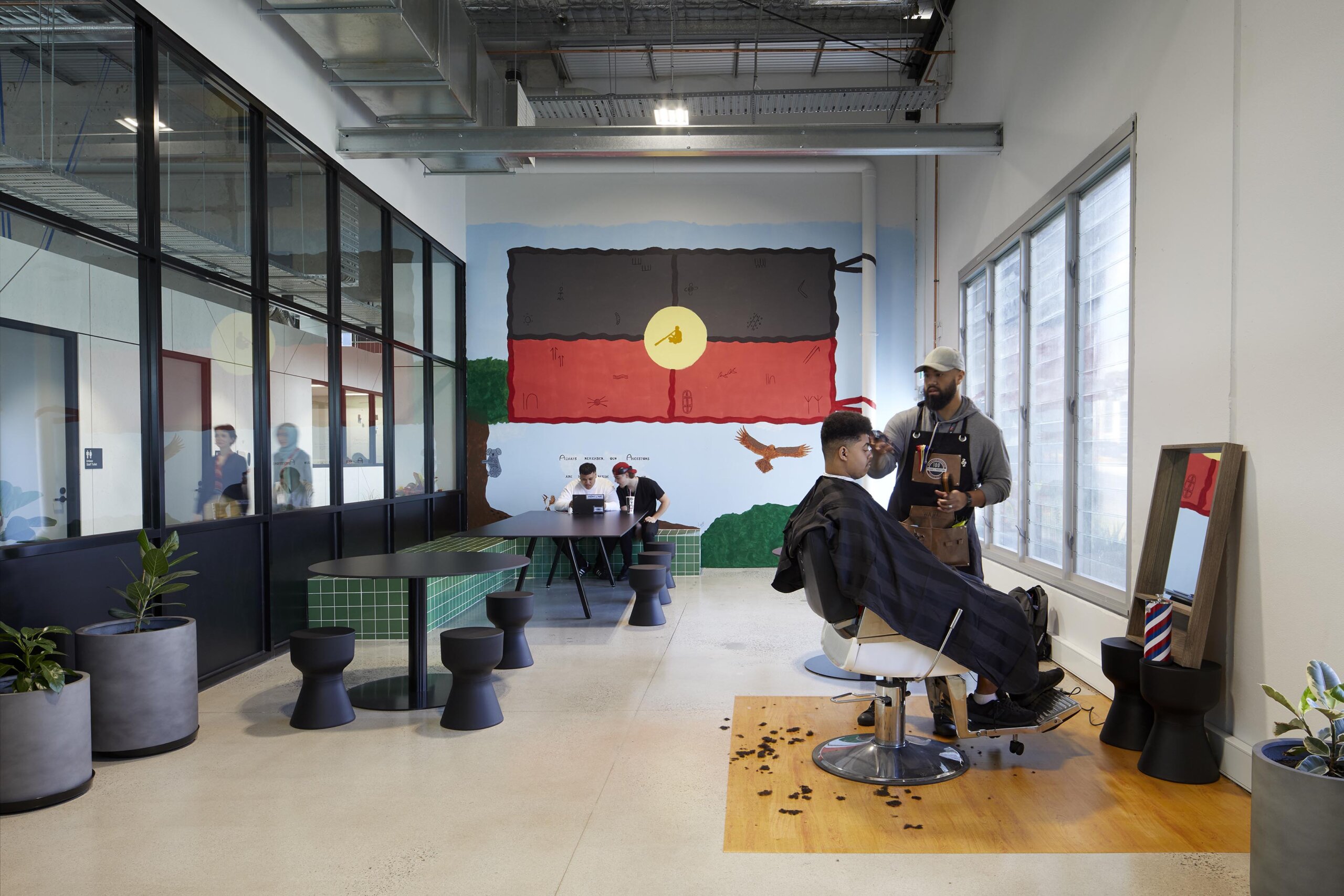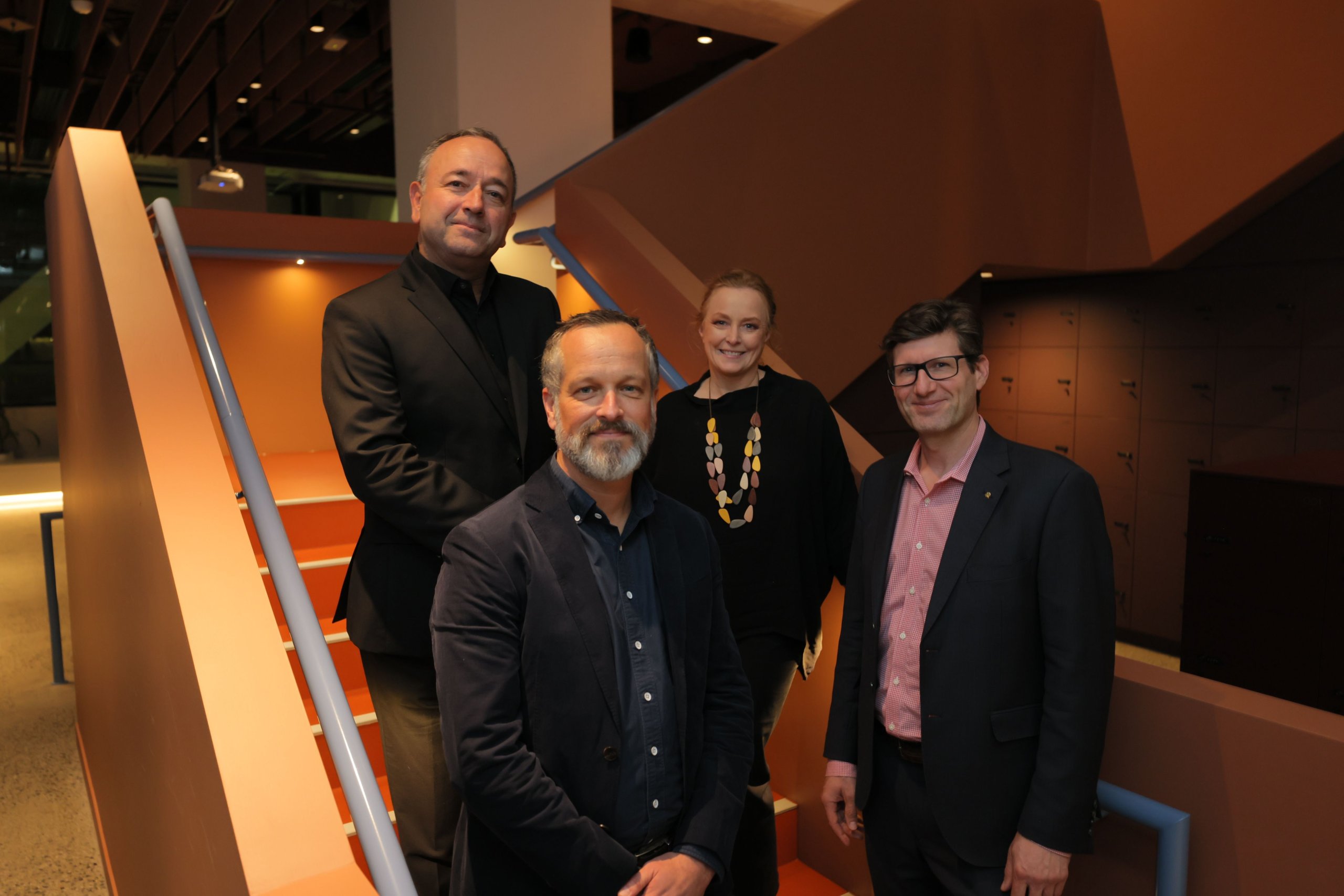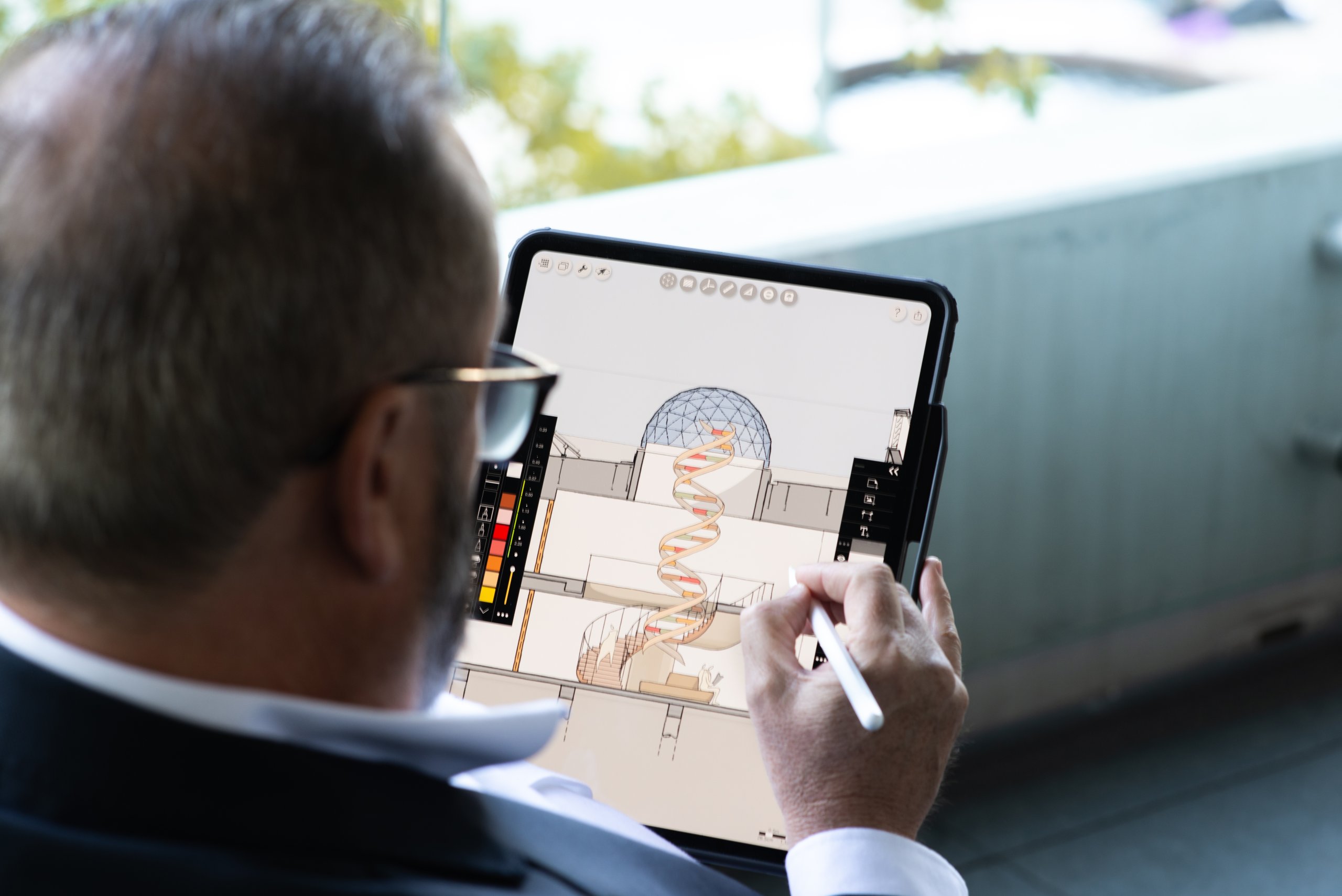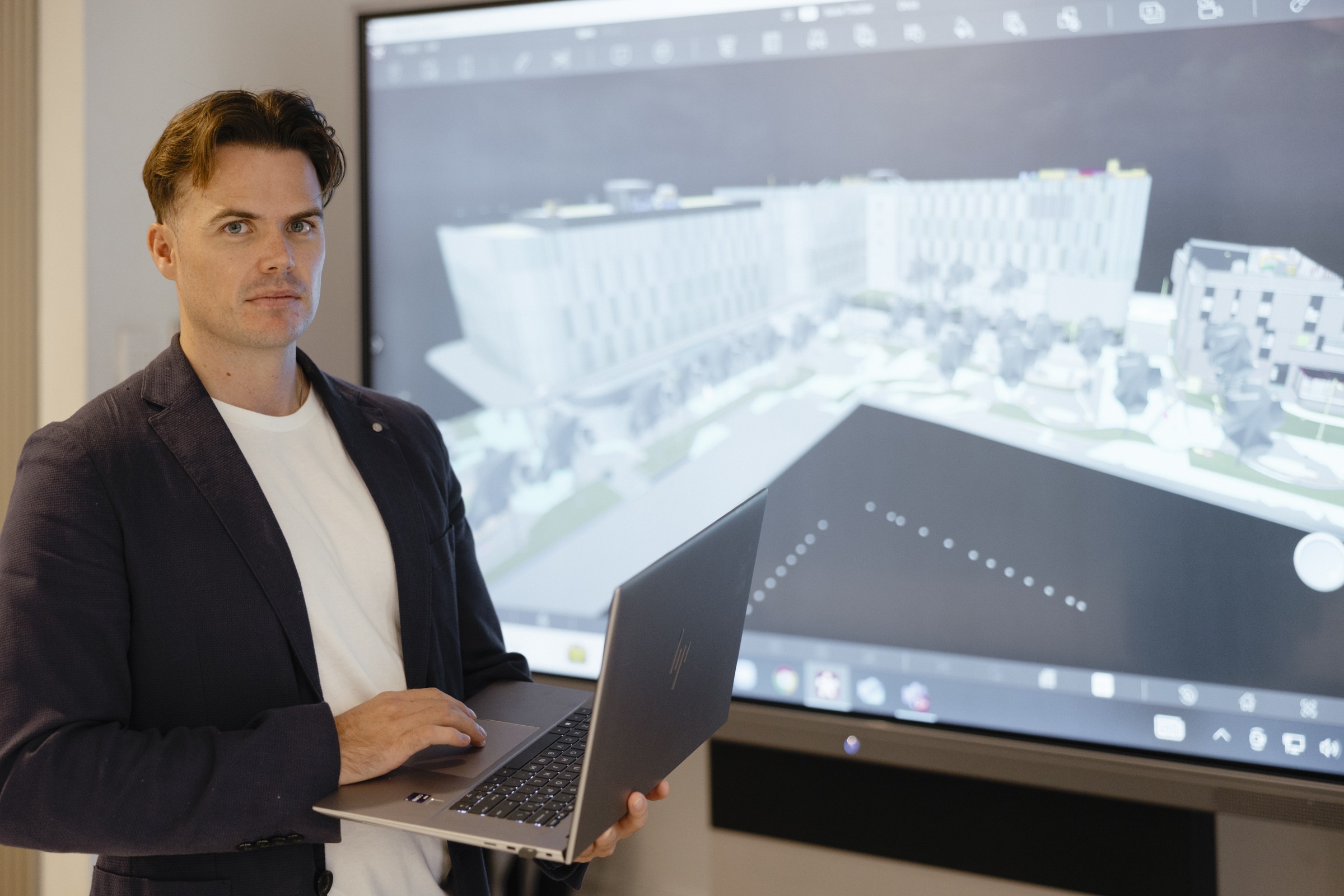Engaging learning environments create a sense of place, purpose and community for all students and staff. The research and design process undertaken through our recent project, Hester Hornbrook Academy, demonstrates the importance of authentic inclusive design. By understanding the diverse experiences, backgrounds and needs of students, our team has been able to design a campus which promotes connection and collaboration, fosters a sense of safety and belonging, helping to unify varied personalities, and respectful of the needs of all.
Alternate flexible education settings cater for groups not typically acknowledged in the dialogue of contemporary educational design. These may be young parents, currently in or living out of home care, young people living with mental health conditions, experiencing homelessness, or disengaged from mainstream education.
Our driving question across the briefing and design process for this unique campus was ‘How can the function and design of alternative flexible education schools better support students through an enriching educational experience both in and beyond the classroom?’ What we found was that a sensitive, community-focused approach was key.
These schools need to be specifically designed to reflect a relational pedagogy, encompassing the broader support network of staff and community wellbeing services built around the students. The sites also need to feature a variety of learning hubs, mindfulness spaces and recreational facilities to empower students to engage with, and take control of their educational journey.

